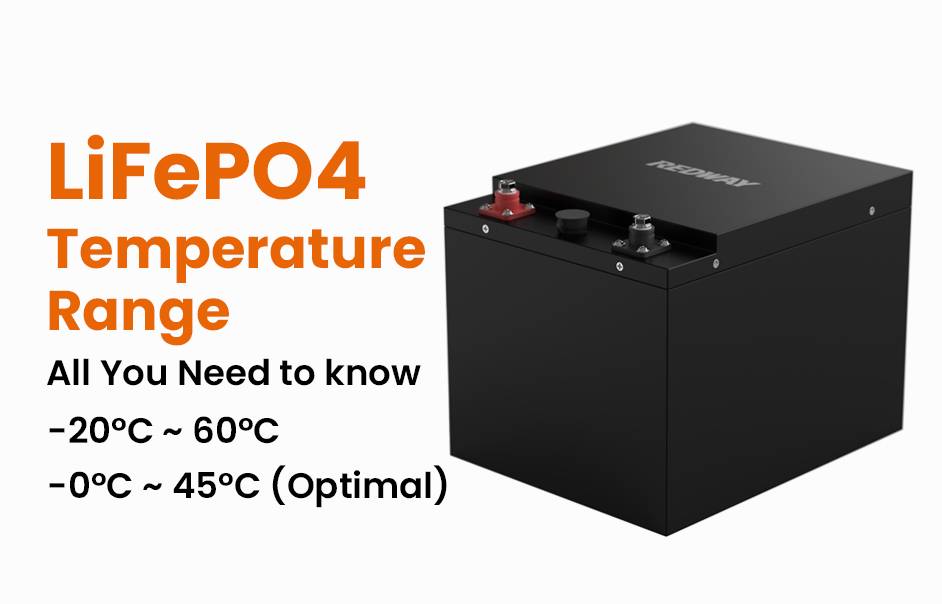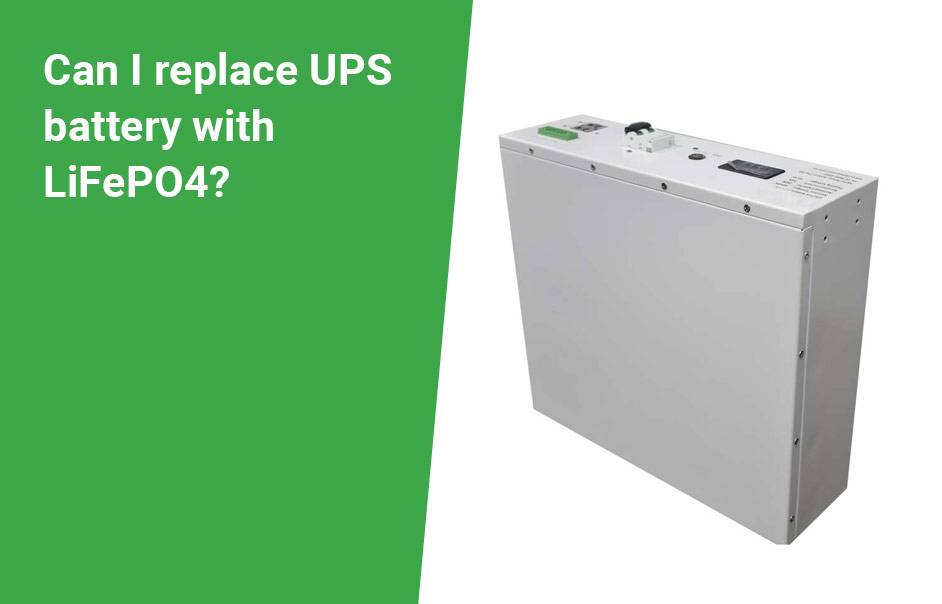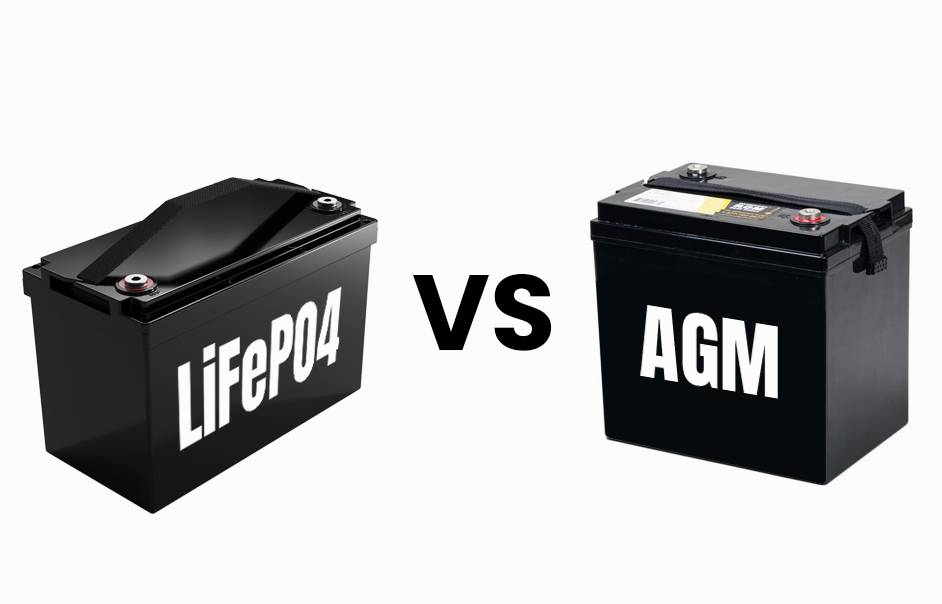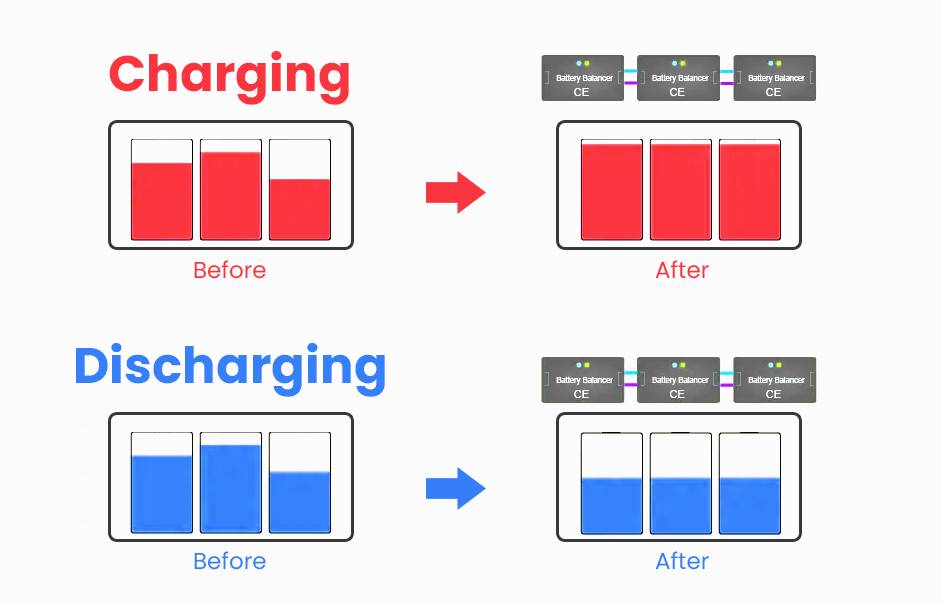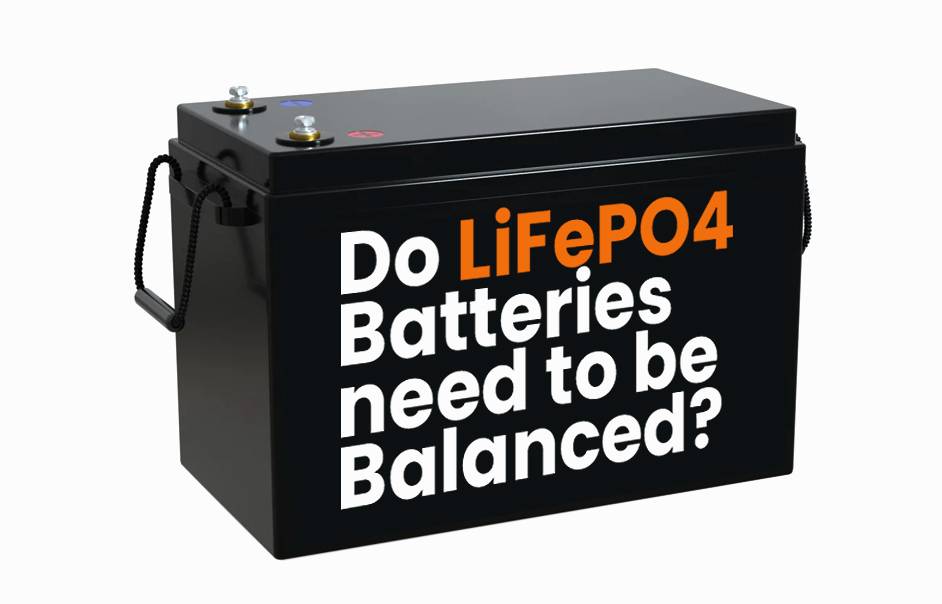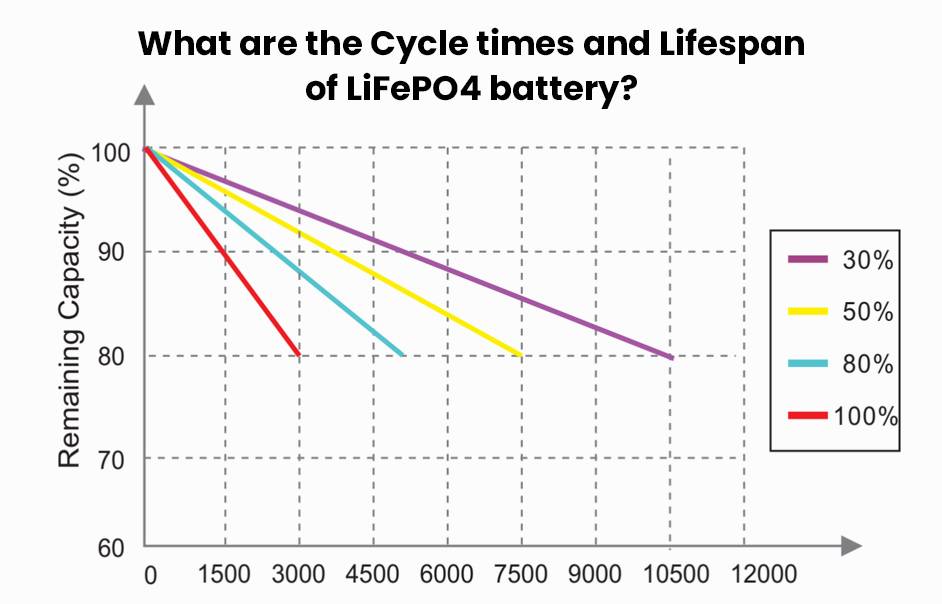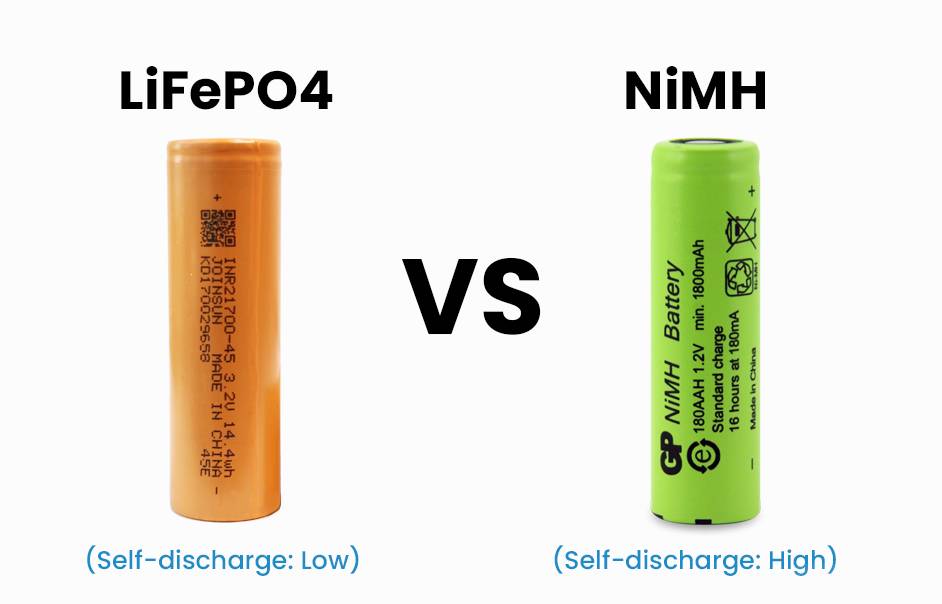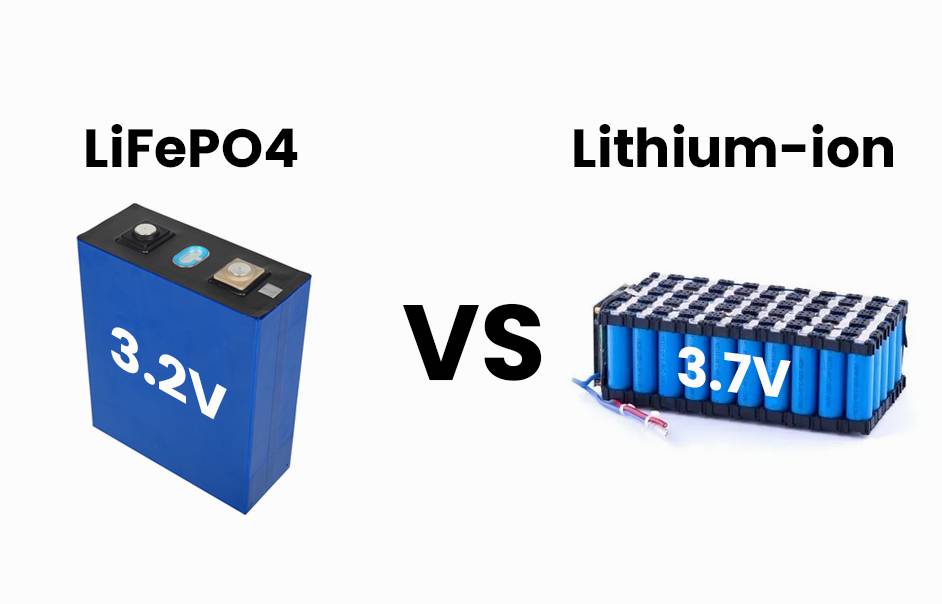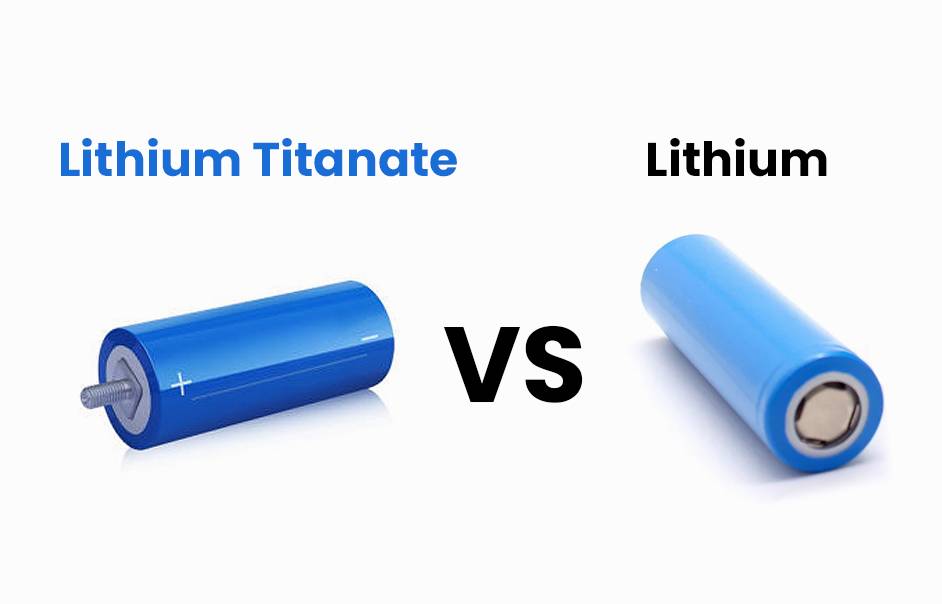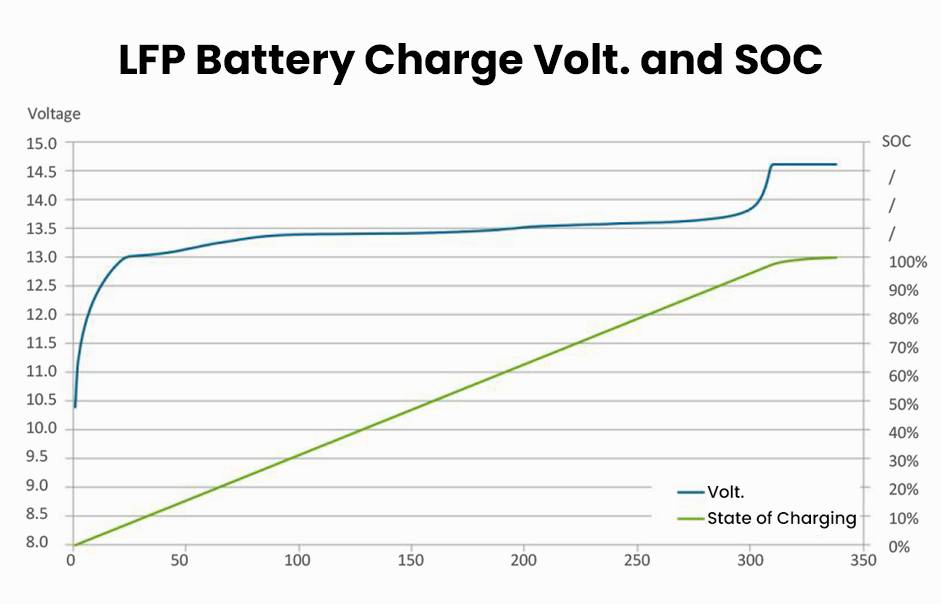Explore the realm of LiFePO4 batteries and their temperature dynamics in our latest blog post! If you’re new to lithium iron phosphate (LiFePO4) batteries, brace yourself for illuminating insights. Widely used in electric vehicles and renewable energy systems, these batteries’ performance hinges on temperature. Join us as we unravel the impact of LiFePO4 battery temperature range, shedding light on their efficiency. Get ready for an electrifying journey into this vital aspect of advanced energy storage! Let’s dive in!
Understanding Temperature Range and its Impact on Battery Performance
The operating temperature range significantly influences the performance and longevity of LiFePO4 batteries. While these batteries exhibit impressive thermal stability, extremes in temperature can affect their efficiency. Understanding these dynamics is key to maximizing their potential.
Thermal Stability:
- LiFePO4 batteries are known for excellent thermal stability within a broad temperature spectrum.
- Despite this, extreme heat increases internal resistance, diminishing capacity and runtime. It can also lead to overheating concerns.
- Cold temperatures slow chemical reactions, reducing power output efficiency.
Optimizing Temperature:
- Avoid Extremes: Prolonged exposure to extreme heat or cold should be avoided for better performance.
- Storage Considerations: Storing or operating LiFePO4 batteries within recommended temperature ranges is crucial.
- Cold Weather Solutions: Use insulation or heating elements in cold environments to maintain optimal conditions.
- Hot Weather Solutions: Employ proper ventilation or cooling systems to counteract heat-related issues.
By comprehending the impact of temperature on LiFePO4 batteries and implementing effective temperature management strategies, you can enhance efficiency and extend their operational life. Stay mindful of your LiFePO4 battery’s surroundings for optimal performance!
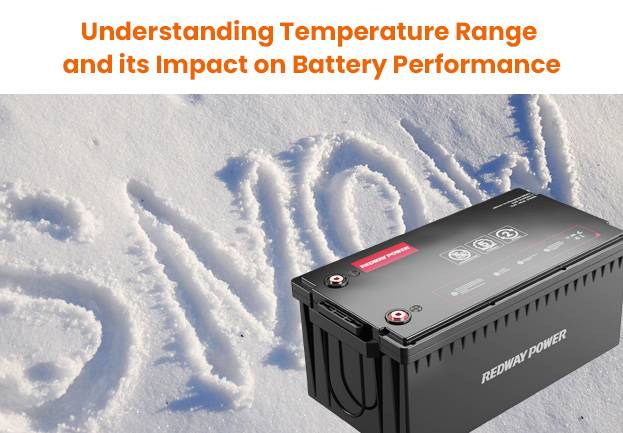
Optimal Temperature Range for LiFePO4 Batteries
To maximize LiFePO4 battery performance and lifespan, maintaining the ideal temperature range is crucial. These batteries operate best within 20°C to 40°C (68°F to 104°F). Operating within this window ensures high capacity and efficiency, with deviations impacting performance.
Temperature Considerations:
- Cold Environments:
- Chemical reactions slow in colder temperatures, reducing battery performance.
- Use insulation or heating elements in freezing conditions to maintain optimal battery function.
- Hot Environments:
- Extreme heat accelerates aging and reduces LiFePO4 battery cycle life.
- Employ proper ventilation and cooling mechanisms in hot climates to mitigate adverse effects.
While LiFePO4 batteries boast thermal stability, prolonged exposure outside the recommended range affects performance. Ensuring your battery operates in the right temperature range promotes longevity and reliable performance for your energy storage system. So, prioritize environmental conditions for optimal LiFePO4 battery function!
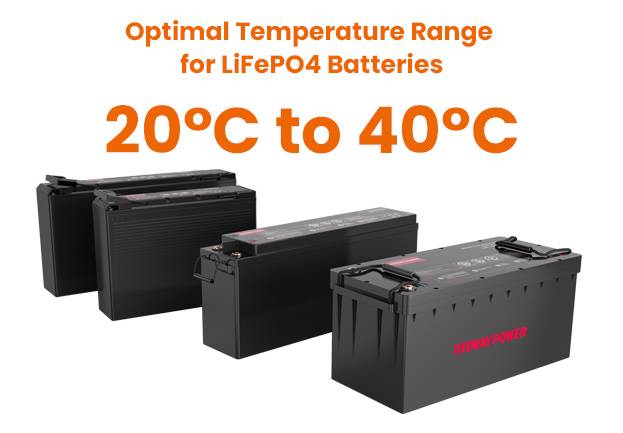
Effects of Extreme Temperatures on LiFePO4 Batteries
Extreme temperatures impact LiFePO4 batteries, affecting their performance and lifespan. High temperatures accelerate aging, leading to increased self-discharge and reduced capacity. Cold temperatures slow chemical reactions, diminishing power output and causing potential damage.
Mitigating Measures:
- Provide Insulation or Thermal Management:
- Implement insulation or thermal systems to regulate temperature extremes.
- Ensure optimal operating conditions for LiFePO4 batteries.
- Avoid Prolonged Exposure:
- Store or operate batteries in environments within recommended temperature ranges.
- Minimize exposure to extreme conditions to maintain battery longevity.
Understanding and addressing the impact of extreme temperatures on LiFePO4 batteries is crucial for optimizing efficiency and extending their overall performance. Keep your batteries in a comfortable temperature range for maximum effectiveness!
Tips for Maintaining Optimal Temperature for Battery Performance
Ensure the optimal performance and longevity of your LiFePO4 batteries with these temperature management tips:
- Avoid Extreme Temperatures:
- Keep LiFePO4 batteries away from excessive heat or freezing cold.
- Store and operate them in moderate temperature environments for peak performance.
- Monitor Temperature Levels:
- Utilize battery management systems with temperature sensors.
- Regularly check real-time temperature data and take action if outside recommended ranges.
- Use Insulation in Cold Conditions:
- Employ thermal blankets or wraps to insulate batteries during extremely cold weather.
- Implement cooling methods like fans or heat sinks in hot conditions.
- Avoid Rapid Temperature Changes:
- Minimize sudden temperature fluctuations by acclimating batteries gradually.
- Protect LiFePO4 batteries from rapid changes for enhanced performance and lifespan.
- Maintain Proper Ventilation:
- Ensure adequate airflow around batteries.
- Avoid tightly sealed compartments to prevent heat build-up.
- Consider Thermal Management Systems:
- Invest in advanced thermal management systems for demanding applications.
- Choose systems with active cooling or heating elements designed for LiFePO4 batteries.
By following these practical tips, you can safeguard your LiFePO4 batteries from temperature-related risks, optimizing their functionality and ensuring long-lasting reliability.
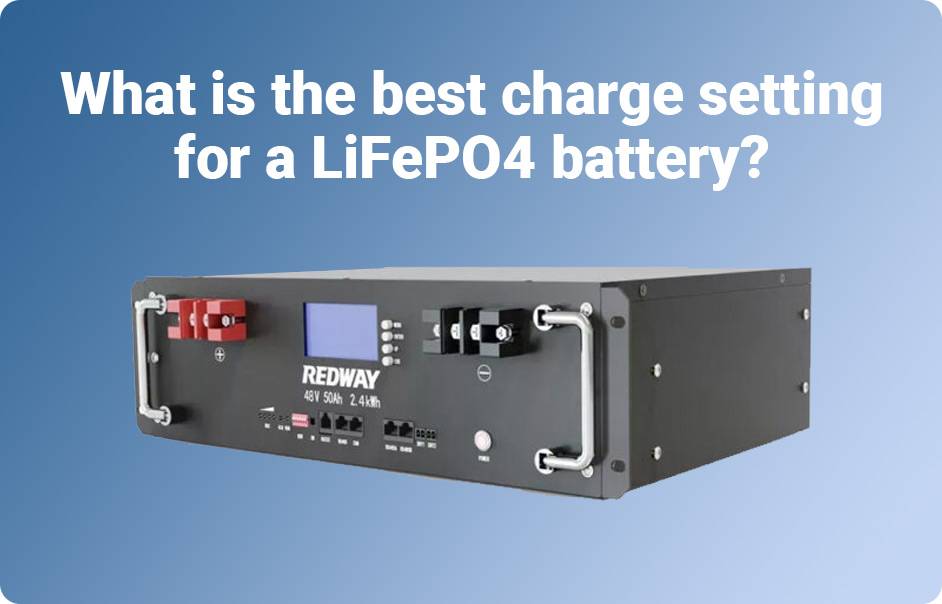
Choosing the Right LiFePO4 Battery for Your Needs
Selecting the ideal LiFePO4 battery demands thoughtful consideration. Here’s a guide to help you make the right choice:
- Power Capacity:
- Evaluate your system’s energy needs.
- Choose a battery with sufficient capacity for efficient operation without overloading.
- Voltage Requirements:
- LiFePO4 batteries typically offer 3.2V per cell.
- Assess if multiple cells in series are needed for higher voltages.
- Size and Weight:
- Consider the compact and lightweight nature of LiFePO4 batteries.
- Assess size and weight constraints relevant to your application.
- Lifespan and Cycle Life:
- Examine the battery’s lifespan and cycle life ratings.
- Opt for longer lifespans and higher cycle life for durability and extended use.
- Safety Features:
- Prioritize batteries with built-in protection against overcharging, overheating, short circuits, or deep discharges.
- Ensure safety for both the battery and connected devices.
By aligning these factors with your specific needs, you can confidently choose a LiFePO4 battery that delivers optimal performance and longevity, ensuring a reliable power source for your applications.
Conclusion: Why Temperature Management is Crucial for LiFePO4 Batteries
Optimal temperature management is crucial for maximizing LiFePO4 battery performance and lifespan. While LiFePO4 batteries are known for stability and safety, extreme temperatures can impact performance. Choose a battery with an appropriate operating temperature range and consider additional temperature control features. Regularly monitor battery temperature, especially in extreme conditions, and implement cooling or insulation measures to ensure peak efficiency and reliability. Proper temperature management enhances the longevity of LiFePO4 batteries, protecting your investment and avoiding unnecessary replacements.
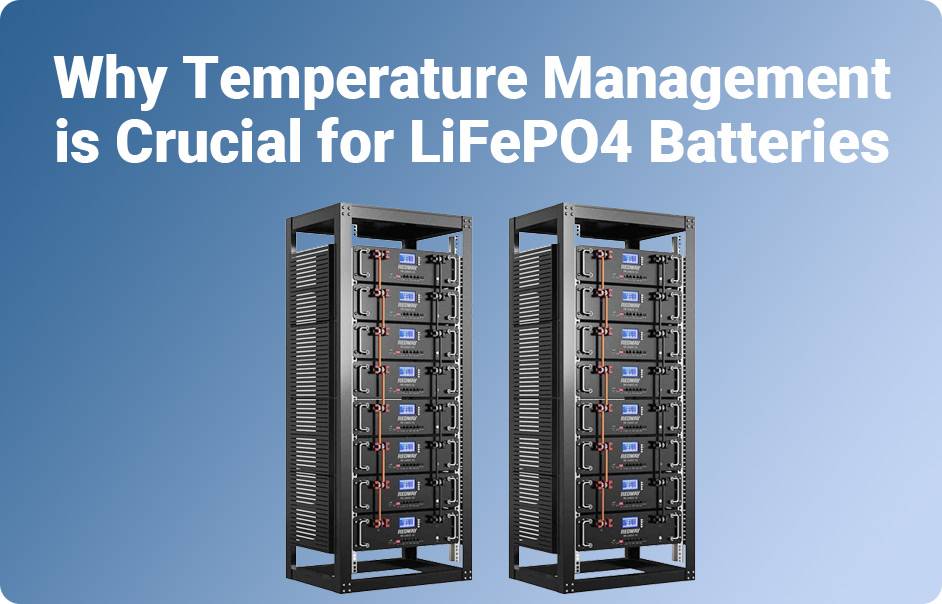
FAQs
What is the optimal temperature for LiFePO4 batteries?
The optimal temperature range for LiFePO4 (lithium iron phosphate) batteries is typically between 0°C (32°F) and 45°C (113°F). Operating within this range ensures optimal performance and longevity of the battery.
How cold is too cold for LiFePO4 batteries?
LiFePO4 batteries can tolerate cold temperatures to some extent, but prolonged exposure to temperatures below freezing (0°C or 32°F) can negatively impact their performance and overall lifespan. It’s best to avoid subjecting LiFePO4 batteries to temperatures below freezing for extended periods.
What is low temp cut off LiFePO4?
Low-temperature cutoff (LTC) for LiFePO4 batteries refers to a feature in battery management systems (BMS) that temporarily suspends charging or discharging when the battery’s temperature drops below a certain threshold. This is to protect the battery from damage and ensure its safety and longevity in cold conditions.
What are the best practices for LiFePO4 batteries?
Some best practices for LiFePO4 batteries include:
- Avoiding exposure to extreme temperatures.
- Using a compatible charger designed for LiFePO4 batteries.
- Avoiding overcharging or over-discharging the battery.
- Regularly inspecting the battery for signs of damage or deterioration.
- Storing the battery in a cool, dry place when not in use.
What temperature damages LiFePO4?
Temperatures above the recommended operating range (above 45°C or 113°F) can damage LiFePO4 batteries, leading to reduced performance, decreased lifespan, and potential safety hazards. Similarly, prolonged exposure to temperatures below freezing can also cause damage to the battery.
Can you use LiFePO4 below freezing?
LiFePO4 batteries can be used in temperatures below freezing, but their performance may be significantly reduced, and they may not deliver their full capacity. It’s essential to monitor the battery’s performance and take precautions to prevent damage, such as using insulation or warming the battery when possible.
What is the best charge setting for a LiFePO4 battery?
The best charge setting for a LiFePO4 battery depends on the specific requirements of the battery and the device it powers. Generally, charging LiFePO4 batteries to around 3.6 to 3.8 volts per cell (approximately 14.4 to 15.2 volts for a 12-volt battery) is considered optimal for balancing performance and longevity.

How do I keep my LiFePO4 battery warm in winter?
To keep LiFePO4 batteries warm in winter, you can:
- Use insulation around the battery to retain heat.
- Store the battery in a thermally insulated enclosure.
- Keep the battery connected to a charger or device that generates some heat.
- Use battery heating pads or blankets designed for cold weather conditions.
What is the best charge level for LiFePO4 battery?
The best charge level for a LiFePO4 battery depends on factors such as storage duration and application requirements. For long-term storage, it’s recommended to charge LiFePO4 batteries to around 50% to 70% of their capacity. For regular use, fully charging the battery is suitable, but avoid leaving it fully charged for extended periods when not in use to prolong its lifespan.
Question 1.
What is the significance of understanding the temperature range for LiFePO4 batteries?
Understanding the temperature range for LiFePO4 batteries is of utmost importance due to its profound impact on the battery’s electrochemical reactions, performance, and lifespan. The temperature within which these batteries operate optimally directly influences their efficiency, capacity, and safety. Deviations from the recommended temperature range can result in adverse effects on the battery’s overall performance and longevity. Therefore, having a thorough comprehension of the ideal temperature range is crucial for maximizing the benefits offered by LiFePO4 batteries.
How can temperature regulation systems help manage LiFePO4 batteries in extreme temperature conditions?
Temperature regulation systems play a crucial role in managing LiFePO4 batteries, especially in extreme temperature conditions. Implementing insulation or thermal management systems is essential to ensure the batteries operate within optimal conditions. By storing or operating batteries in environments within the recommended temperature ranges, we can significantly extend their longevity and efficiency. It is vital to minimize exposure to extreme conditions to maintain the overall performance of LiFePO4 batteries. Understanding and addressing the impact of temperature extremes on these batteries is key to optimizing their effectiveness. By keeping the batteries in a comfortable temperature range and employing thermal monitoring and protection mechanisms, we can enhance their safety and prevent potential hazards. This comprehensive approach to temperature regulation not only safeguards the batteries but also maximizes their performance in challenging environments.
What are the consequences of operating LiFePO4 batteries in extreme temperatures?
Extreme temperatures impact LiFePO4 batteries, affecting their performance and lifespan. High temperatures accelerate aging, leading to increased self-discharge and reduced capacity. Cold temperatures slow chemical reactions, diminishing power output and causing potential damage. To further elaborate on the consequences of operating LiFePO4 batteries in extreme temperatures, it is important to note that these temperature variations can have severe implications. Extreme cold can result in irreversible damage to battery components and elevate the risk of thermal runaway, while extreme heat can hasten degradation processes, ultimately shortening battery lifespan and jeopardizing safety. Therefore, understanding and addressing the impact of extreme temperatures on LiFePO4 batteries are essential for optimizing efficiency and extending overall performance.
What are some effective measures for managing LiFePO4 batteries in hot weather conditions?
Hot weather conditions present challenges for managing LiFePO4 batteries effectively. It is crucial to avoid exposing the batteries to extreme temperatures and store them in a cool, dry place when not in use. Temperatures above the recommended operating range (above 45°C or 113°F) can lead to reduced performance, decreased lifespan, and potential safety hazards.
In addition to temperature control, other best practices for maintaining LiFePO4 batteries in hot weather include implementing heat dissipation and cooling techniques. Proper ventilation, heat sinks, and active cooling systems are essential to dissipate heat and ensure the batteries operate within a suitable temperature range. Shielding the batteries from direct sunlight exposure is also important to prevent overheating and preserve their performance and longevity.
How do high temperatures impact LiFePO4 batteries?
Temperatures above the recommended operating range (above 45°C or 113°F) can damage LiFePO4 batteries, leading to reduced performance, decreased lifespan, and potential safety hazards. Similar to cold temperatures, high temperatures can have detrimental effects on LiFePO4 batteries. Elevated temperatures accelerate self-discharge rates, which ultimately result in reduced capacity and energy storage efficiency. Exposure to direct sunlight or excessive heat can exacerbate these effects, further compromising the overall performance and longevity of the batteries. To address these challenges, it is crucial to implement effective measures such as heat dissipation, cooling techniques, proper ventilation, heat sinks, and shielding the battery from direct sunlight exposure. By employing these strategies, the damaging impact of high temperatures on LiFePO4 batteries can be mitigated, ensuring optimal performance and safety.
How do cold temperatures affect the performance of LiFePO4 batteries?
Cold temperatures can significantly impact the performance of LiFePO4 batteries. While these batteries can tolerate cold temperatures to some extent, prolonged exposure to temperatures below freezing (0°C or 32°F) can negatively affect their performance and overall lifespan. LiFePO4 batteries may experience reduced capacity and efficiency in cold conditions, making it crucial to monitor their performance and take precautions to prevent damage, such as using insulation or warming the battery when possible.
Insulation and thermal management play a crucial role in preserving battery performance in cold weather. Insulating the battery or incorporating thermal management systems helps maintain a stable temperature and prevent excessive cooling. Additionally, battery heating solutions can be employed to raise the internal temperature and optimize performance in cold environments.

